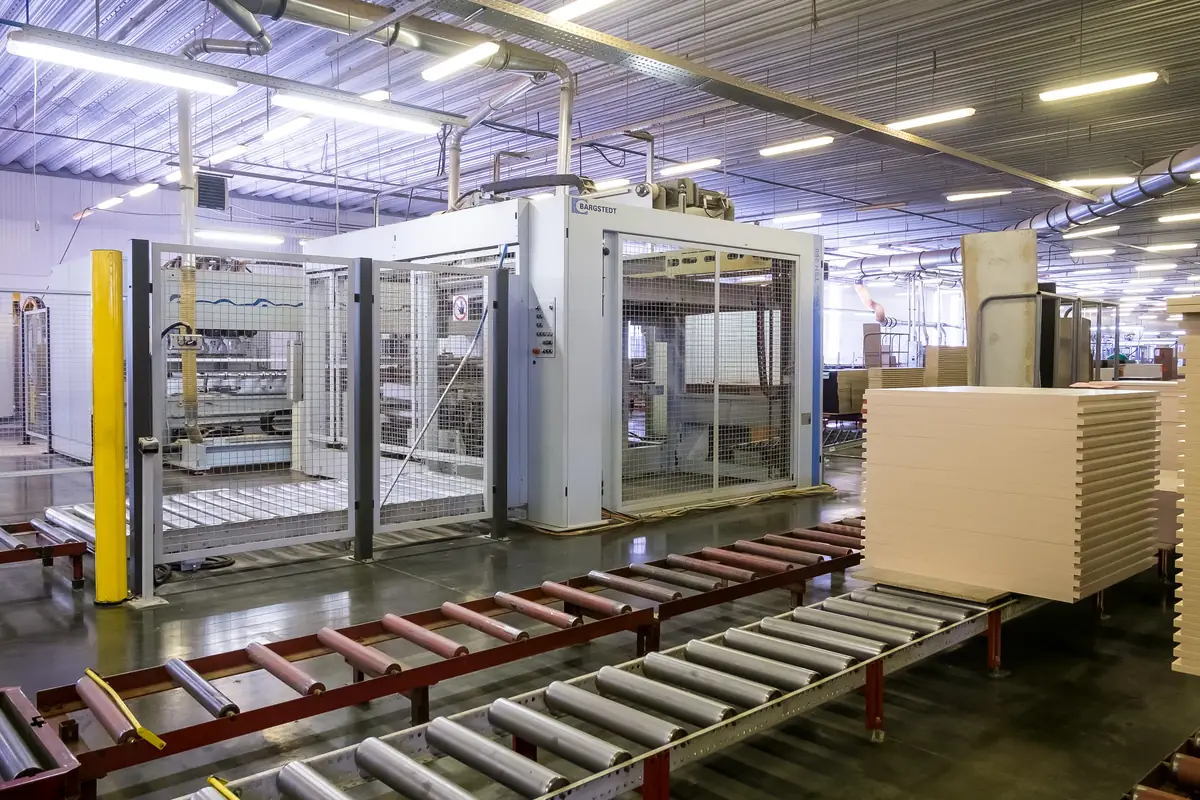What is the maximum speed of a stepper motor?
Stepper motors are widely used in various industries and applications, providing precise and controlled motion. One crucial aspect of stepper motors is their maximum speed, which determines their performance in different scenarios. In this essay, we will delve into the factors that influence the maximum speed of stepper motors and analyze the considerations that professionals should keep in mind when working with these motors. By understanding the limitations and optimizing the parameters, engineers can achieve optimal performance from stepper motors in their respective fields.
I. Understanding Stepper Motors
Before exploring the maximum speed of stepper motors, it is essential to grasp their basic characteristics and operating principles. Stepper motors are electromechanical devices that convert electrical pulses into discrete mechanical steps. They consist of a rotor and stator, with the rotor moving in discrete increments in response to the electrical signals applied to the stator windings.
-
Step Angle: The step angle is a fundamental characteristic of stepper motors, representing the angular displacement of the rotor for each input pulse. Common step angles include 1.8 degrees (200 steps per revolution) and 0.9 degrees (400 steps per revolution).
-
Full Step and Microstepping: Stepper motors can operate in full-step or microstepping modes. In full-step mode, the motor moves one step at a time, while microstepping allows for smaller angular increments, resulting in smoother motion.
-
Control Methods: Stepper motors can be controlled using various techniques, including open-loop and closed-loop control. Open-loop control relies on predetermined step commands, while closed-loop control utilizes feedback mechanisms to ensure accurate positioning.
II. Factors Influencing Maximum Speed
The maximum speed of a stepper motor is influenced by several factors that engineers must consider when optimizing its performance. These factors include:
-
Rotor Inertia: The inertia of the rotor affects the motor's ability to accelerate and decelerate quickly. Higher rotor inertia requires more torque and can limit the maximum achievable speed.
-
Motor Windings: The resistance and inductance of the motor windings impact the motor's response to electrical signals. Lower resistance and inductance allow for faster current rise and fall times, enabling higher speeds.
-
Drive Electronics: The performance of the drive electronics, including the driver circuitry and power supply, plays a crucial role in achieving the maximum speed. High-quality drive electronics can provide faster current switching and accurate timing, leading to improved motor performance.
-
Load Characteristics: The characteristics of the load, such as its inertia and torque requirements, can influence the maximum speed of the stepper motor. Heavier loads or applications requiring high torque may limit the achievable speed.
III. Optimizing Maximum Speed
To maximize the speed of a stepper motor, engineers can employ various techniques and strategies. These include:
-
Motor Selection: Choosing a stepper motor with a higher step angle (e.g., 0.9 degrees) allows for finer microstepping and smoother motion, which can enhance the achievable speed.
-
Current Control: Implementing current control techniques, such as chopper drives, can optimize the motor's torque and response characteristics, enabling higher speeds.
-
Reducing Inertia: Minimizing the inertia of the load and the motor rotor can improve acceleration and deceleration, allowing for higher speeds.
-
Advanced Drive Electronics: Utilizing advanced drive electronics, such as high-speed microcontrollers and optimized driver circuits, can enhance the motor's performance and maximize the achievable speed.
Conclusion
The maximum speed of a stepper motor is influenced by a combination of factors, including rotor inertia, motor windings, drive electronics, and load characteristics. By understanding these factors and implementing optimization strategies, engineers can enhance the performance of stepper motors and achieve higher speeds in their applications. Careful consideration of motor selection, current control techniques, and advanced drive electronics can contribute to maximizing the speed and overall efficiency of stepper motor systems.
In conclusion, professionals in various fields can leverage the knowledge of stepper motor speed limitations and optimization techniques to ensure optimal performance and meet the specific requirements of their applications. By carefully analyzing the factors at play and implementing appropriate measures, engineers can harness the full potential of stepper motors and propel their careers forward.


Leave a Reply